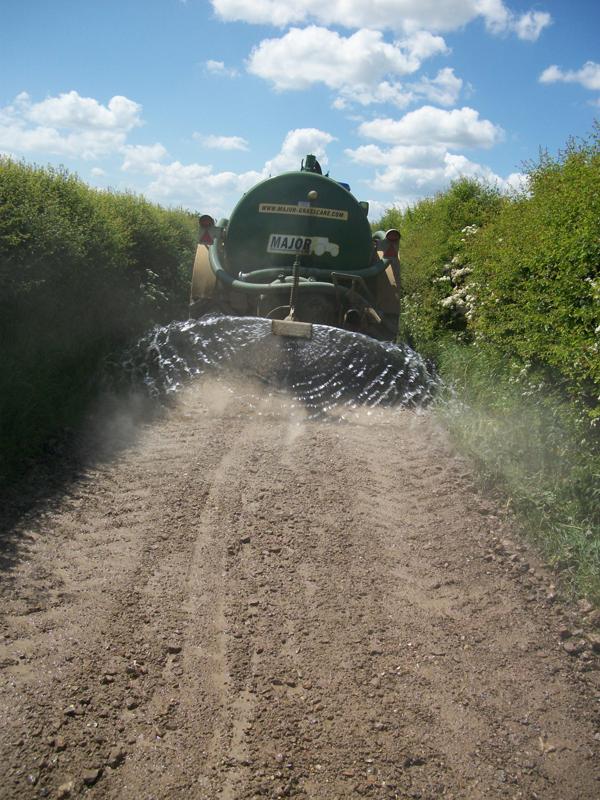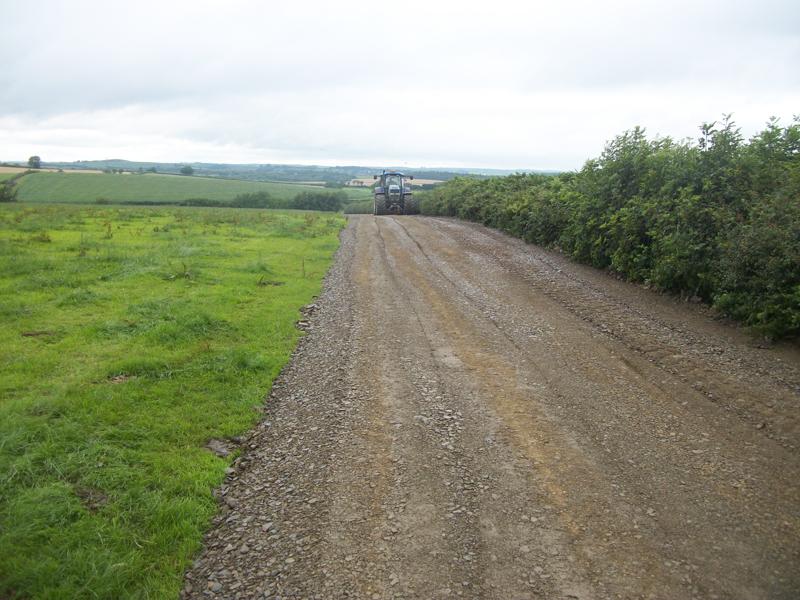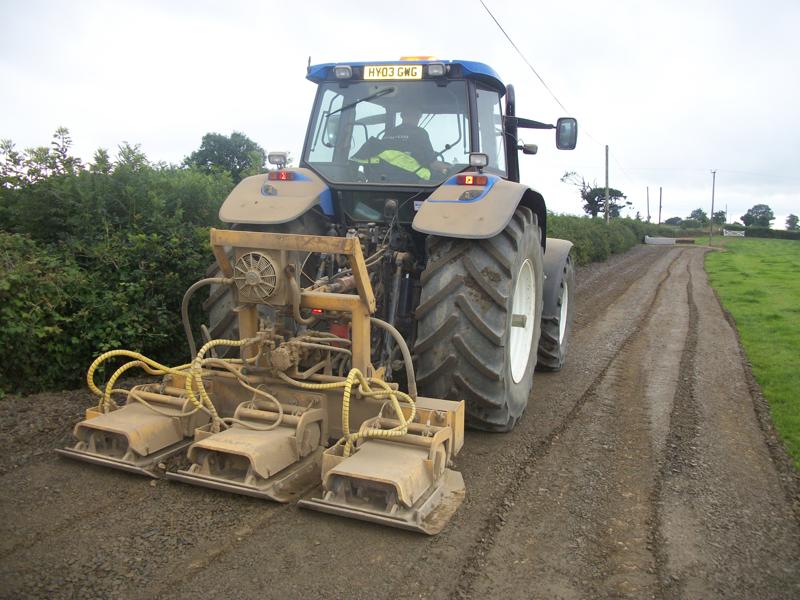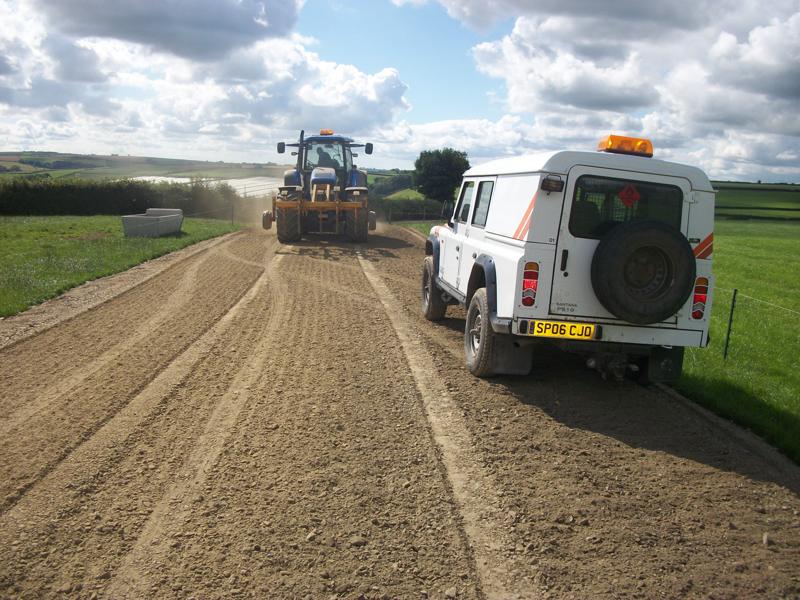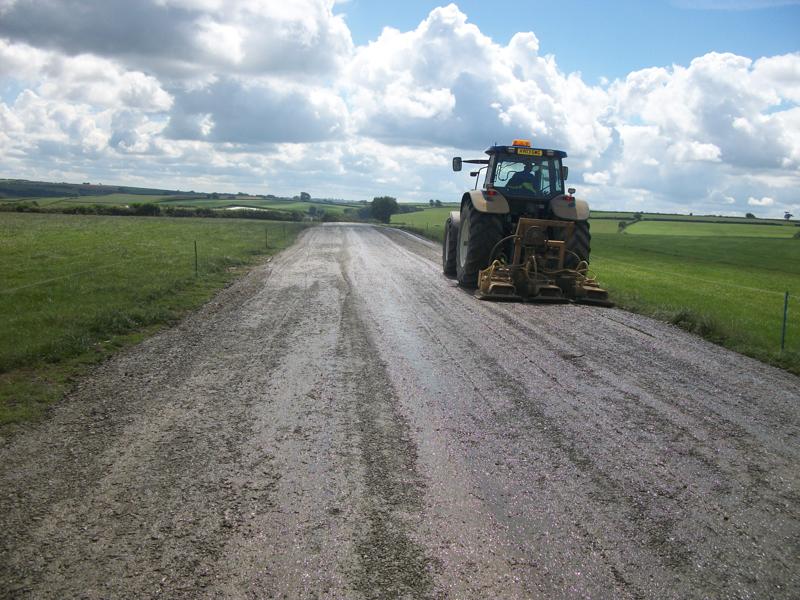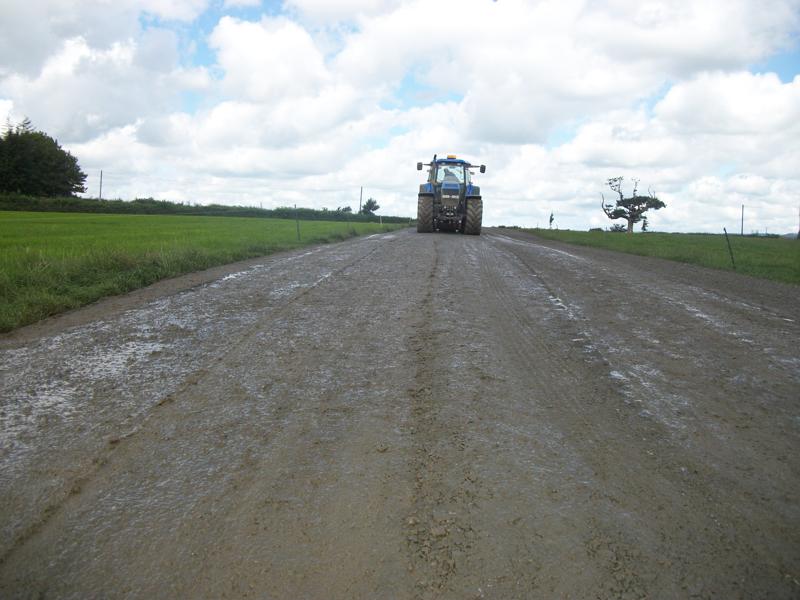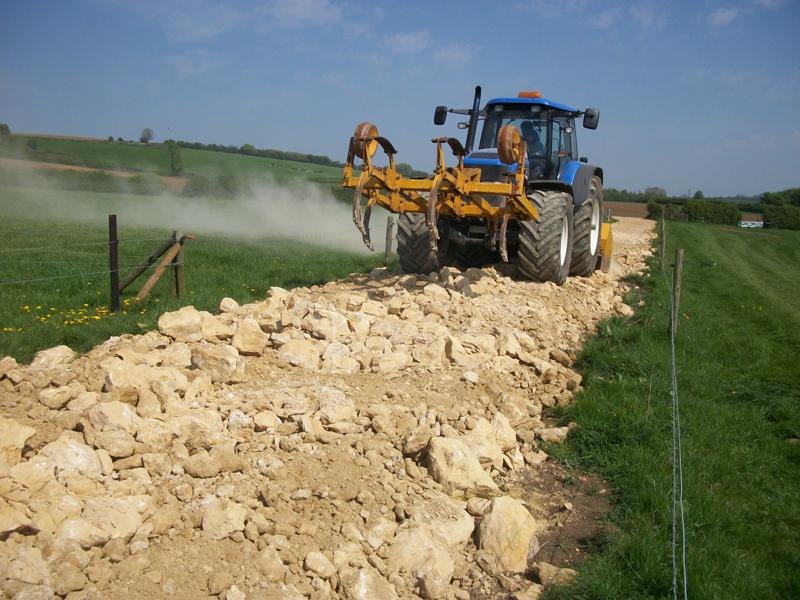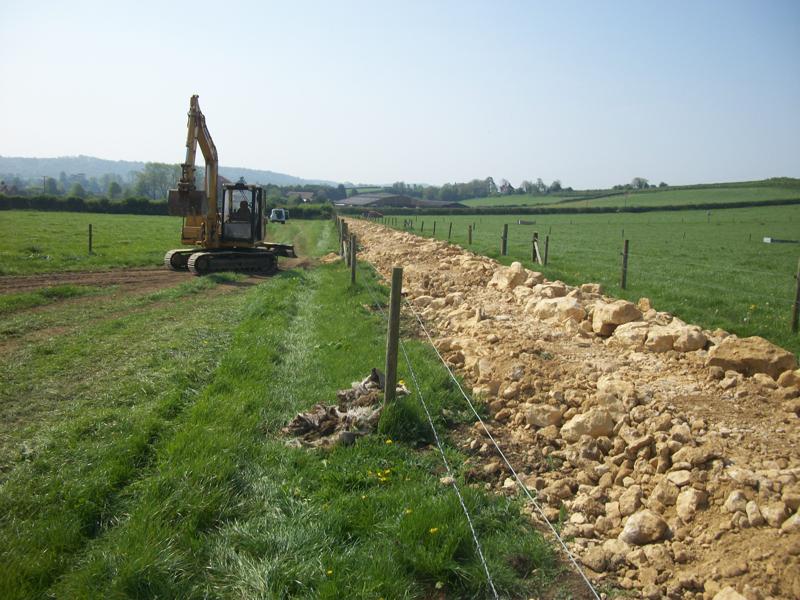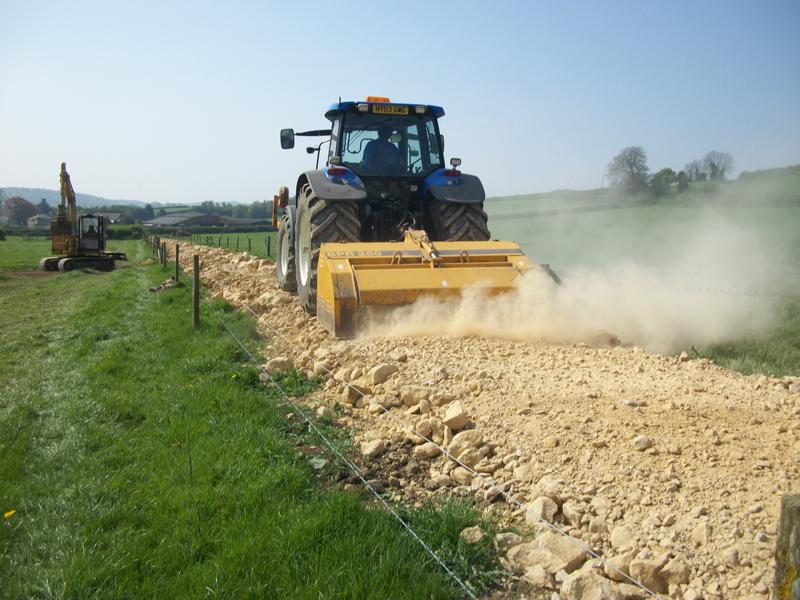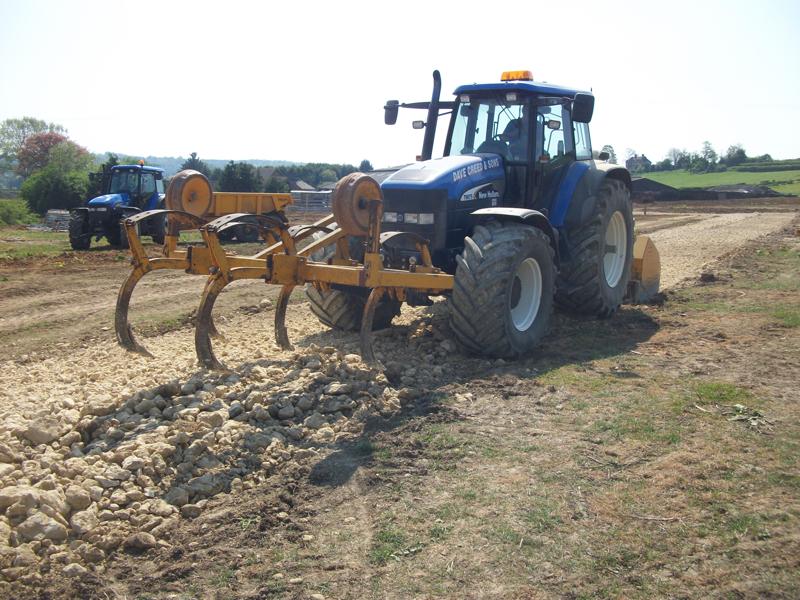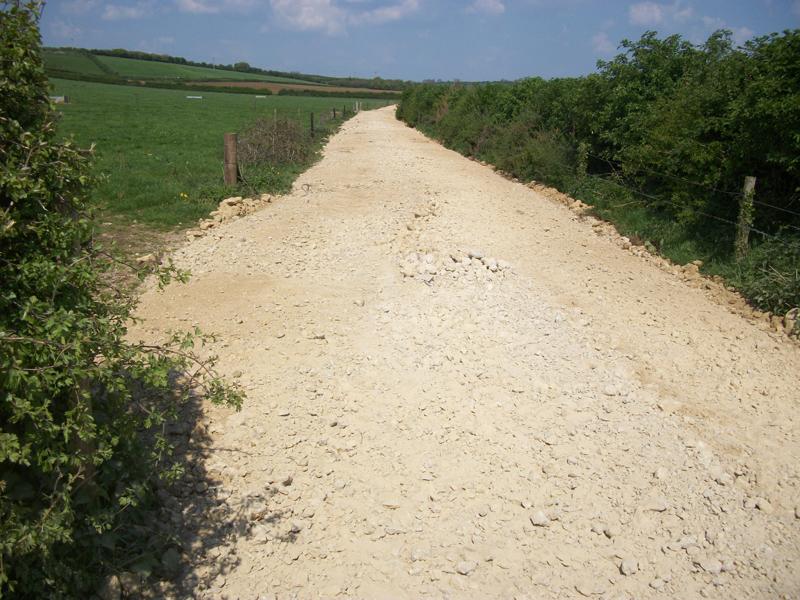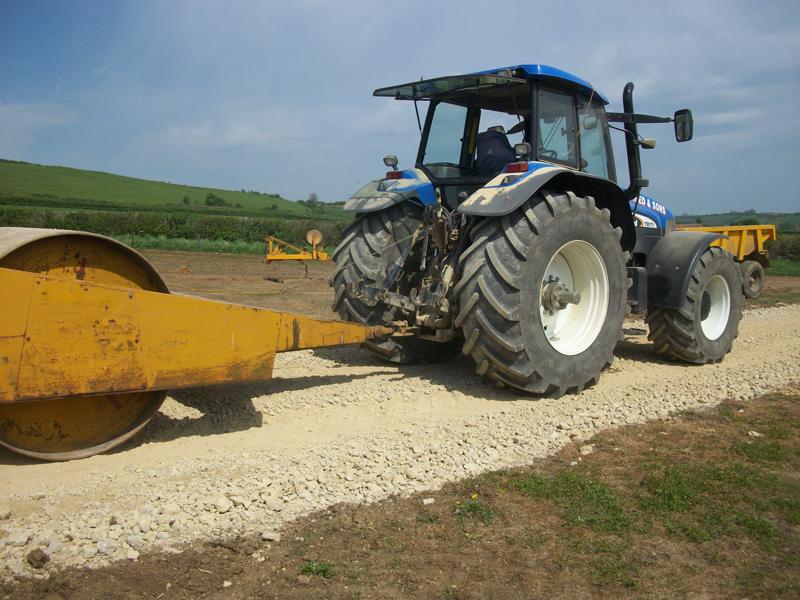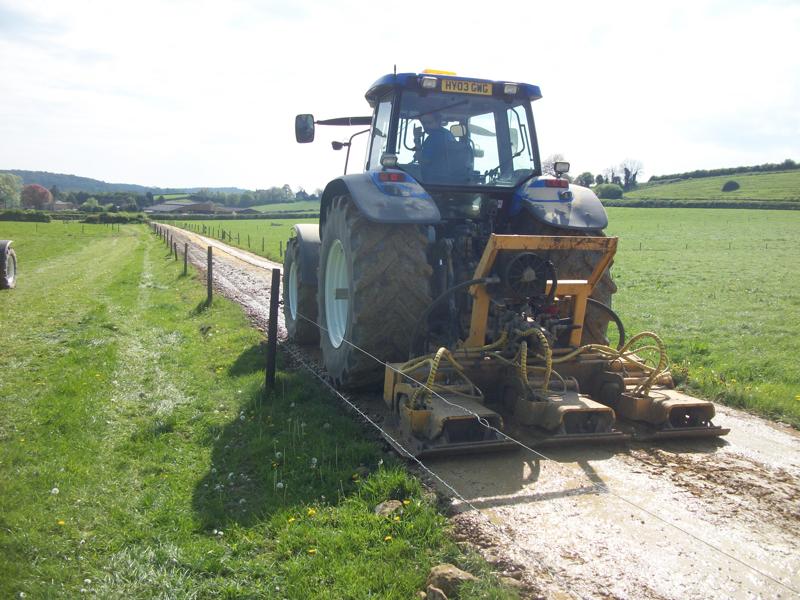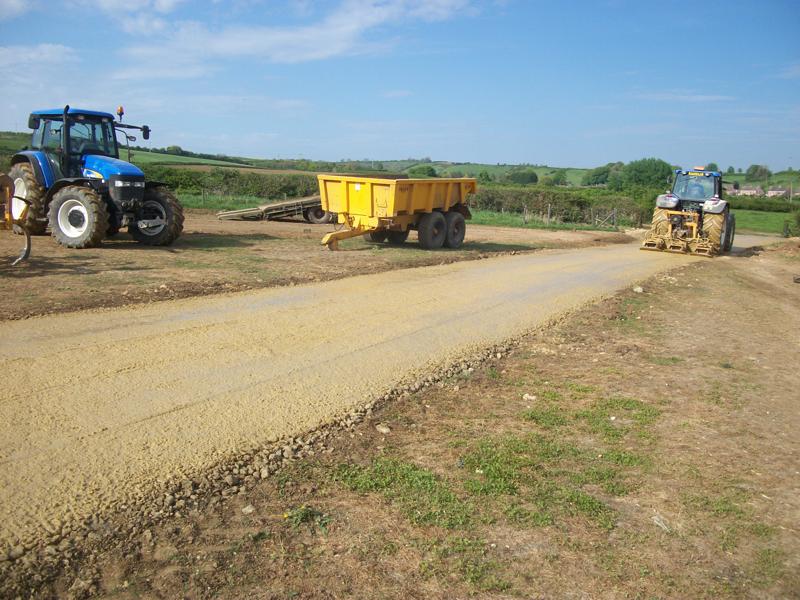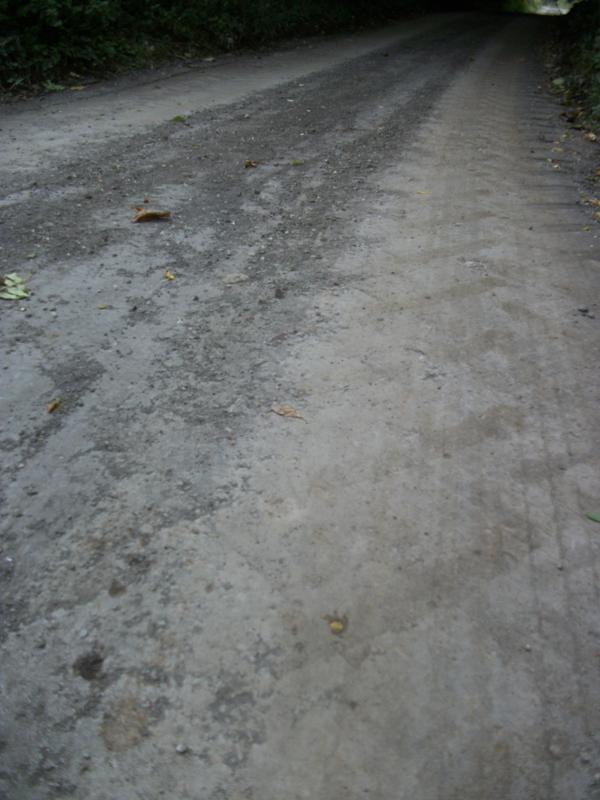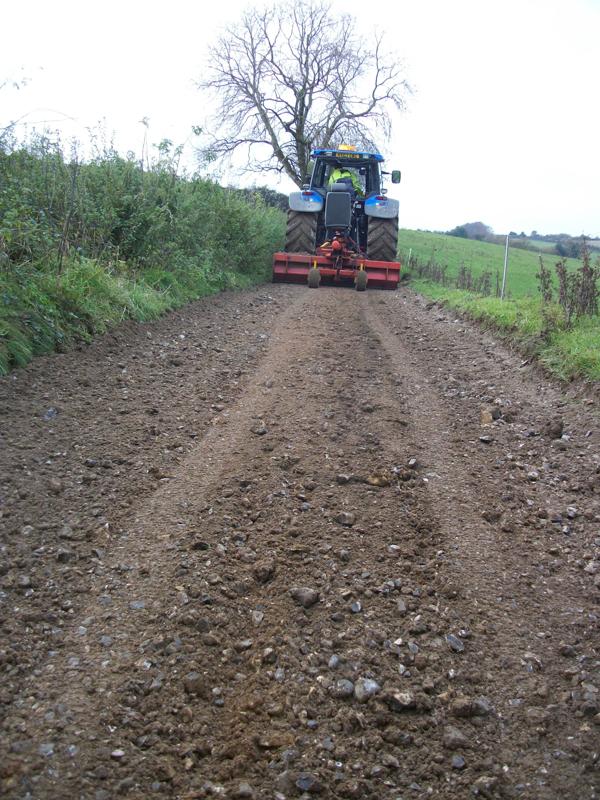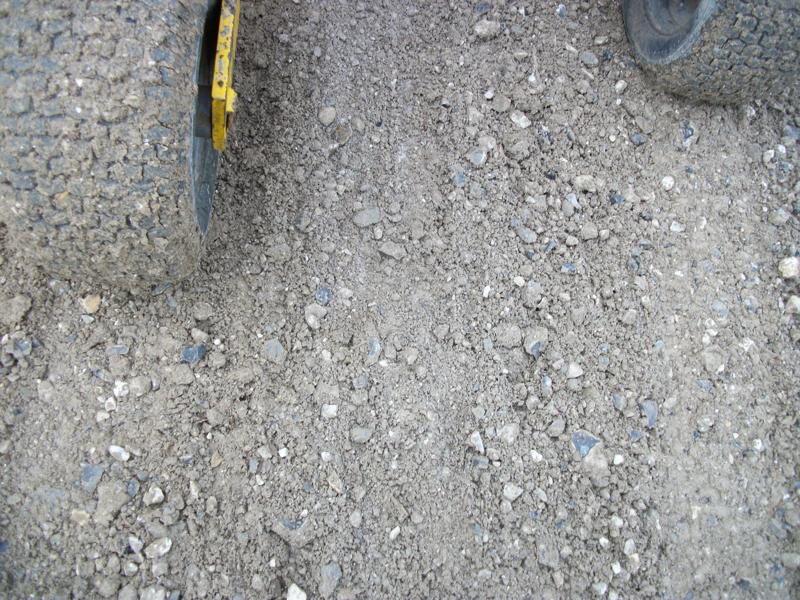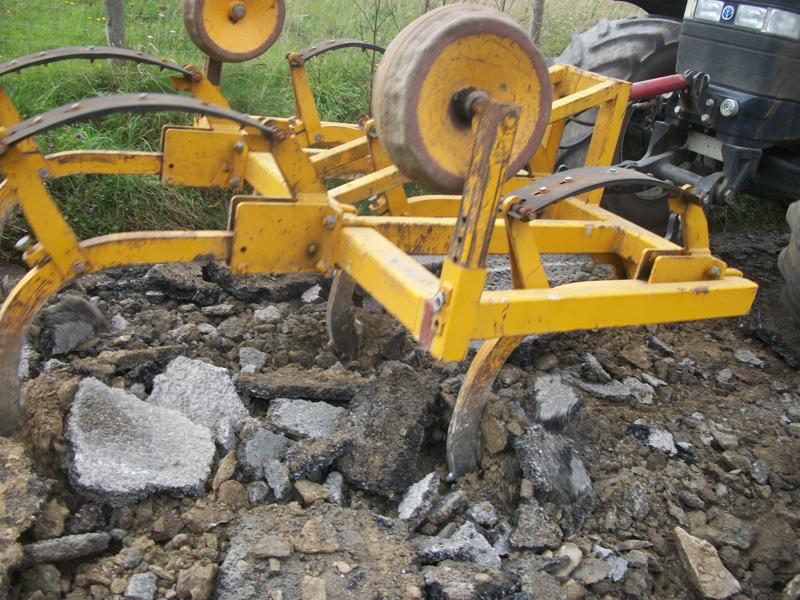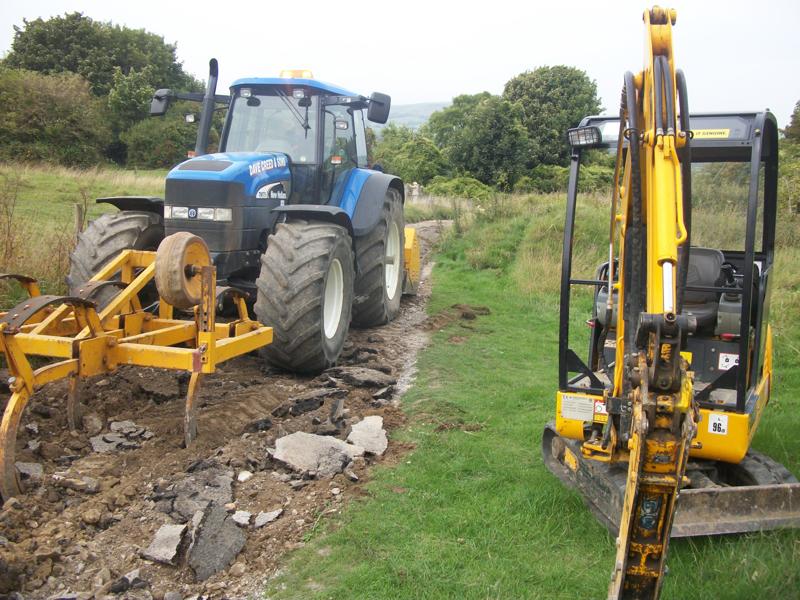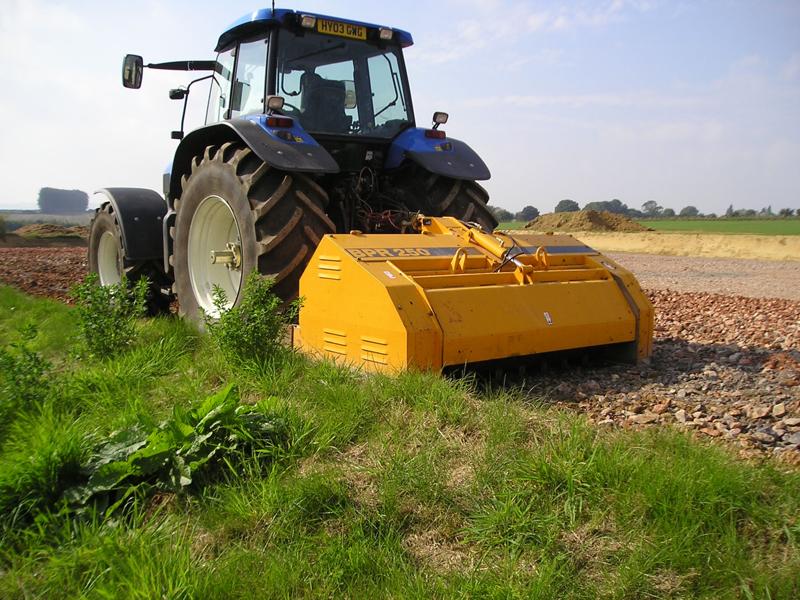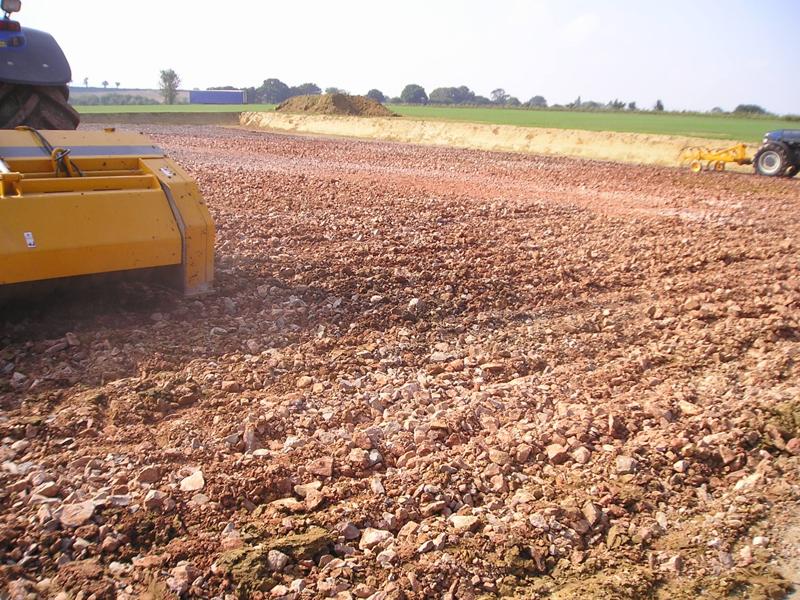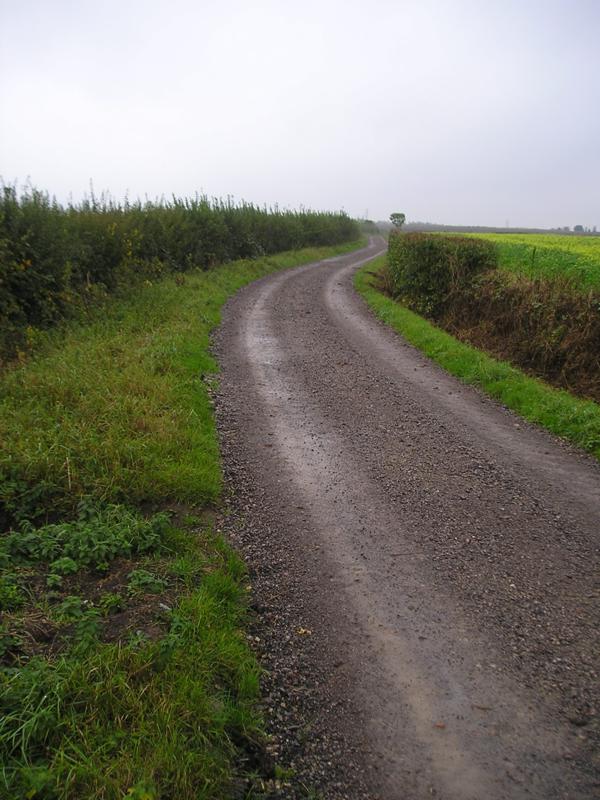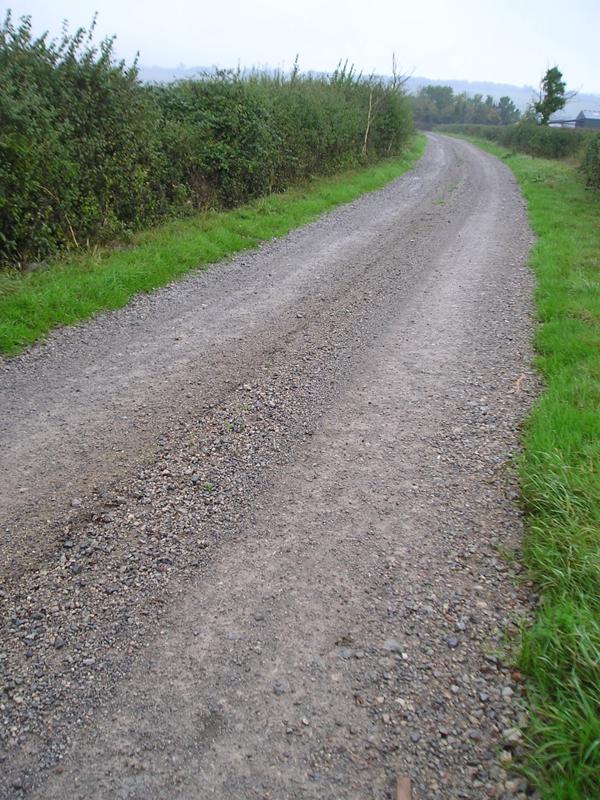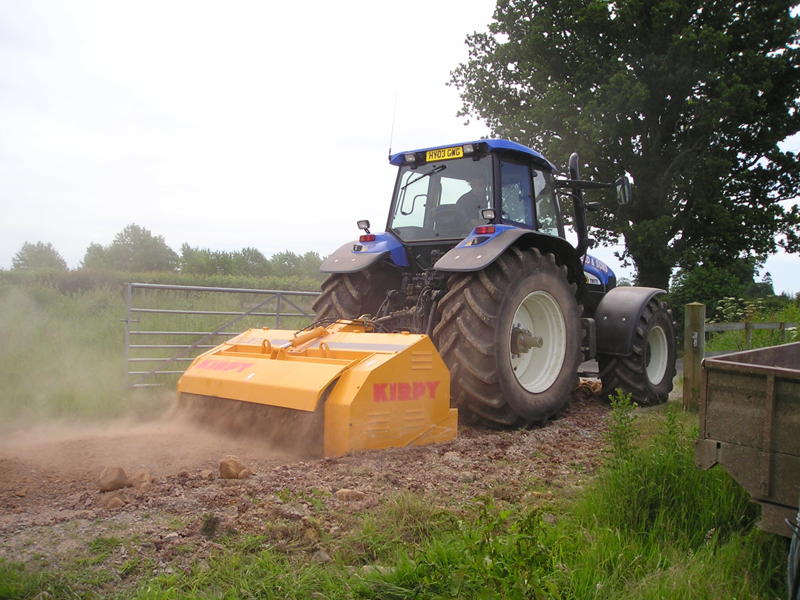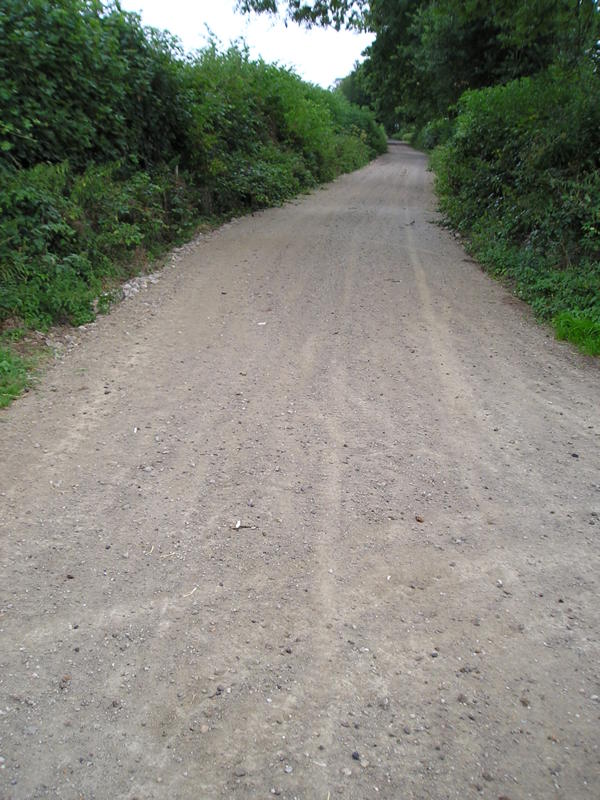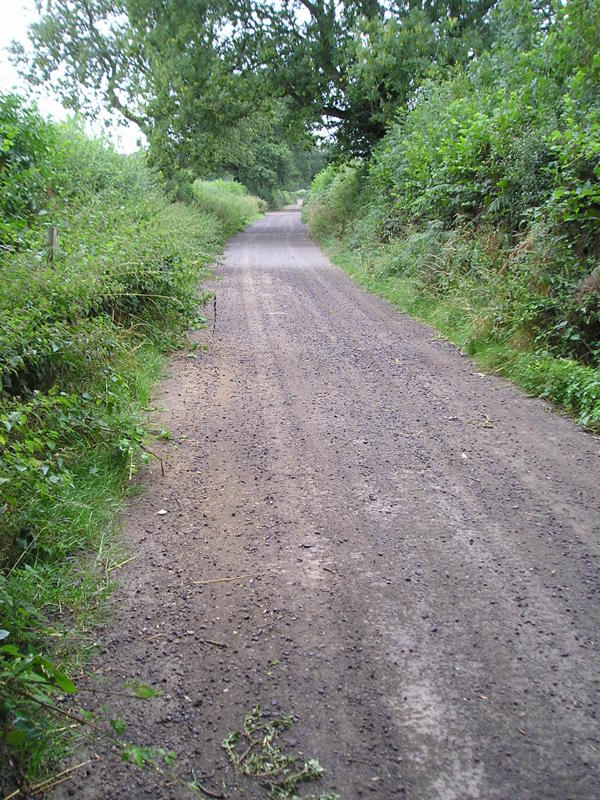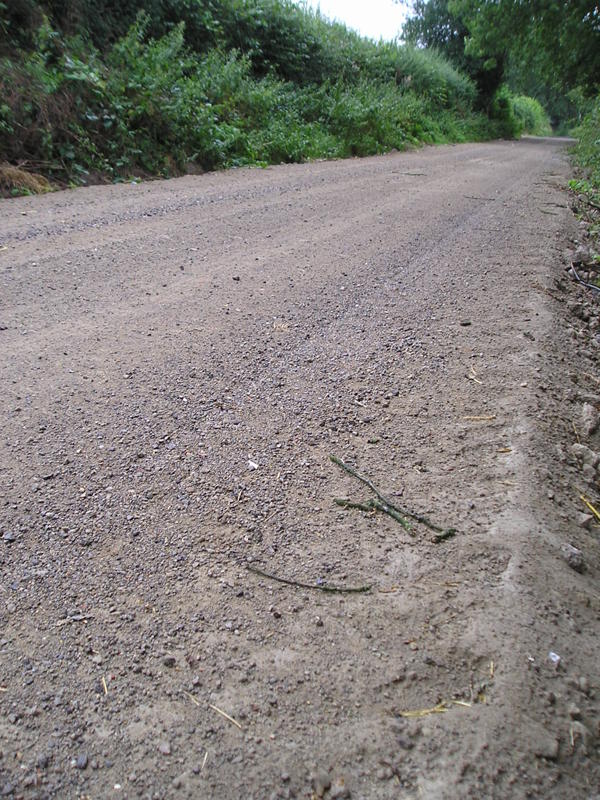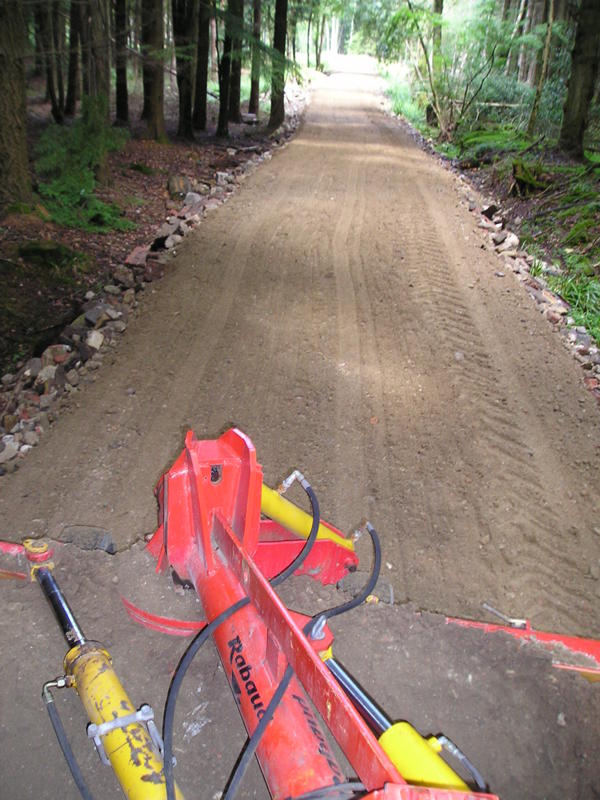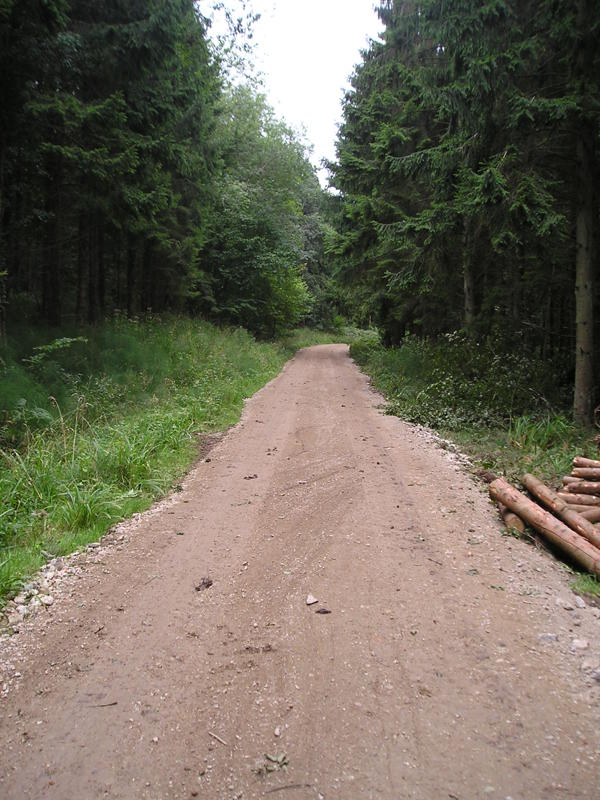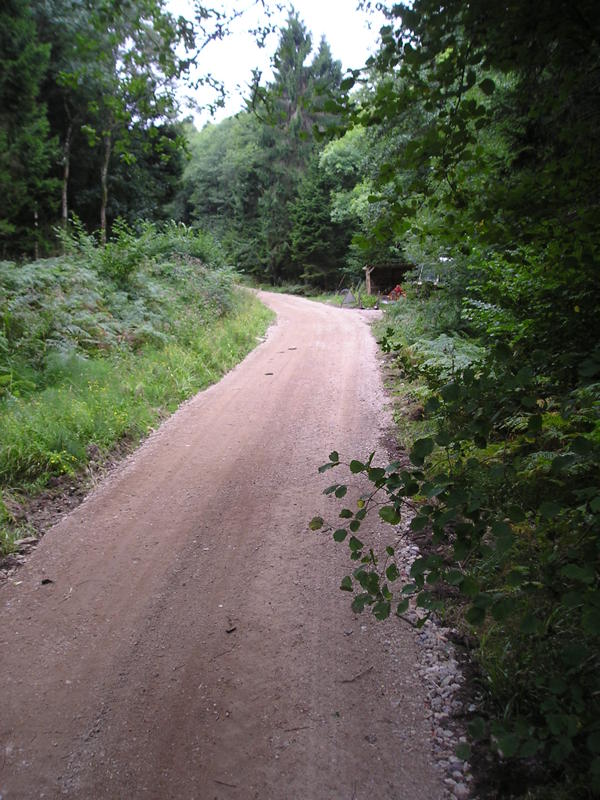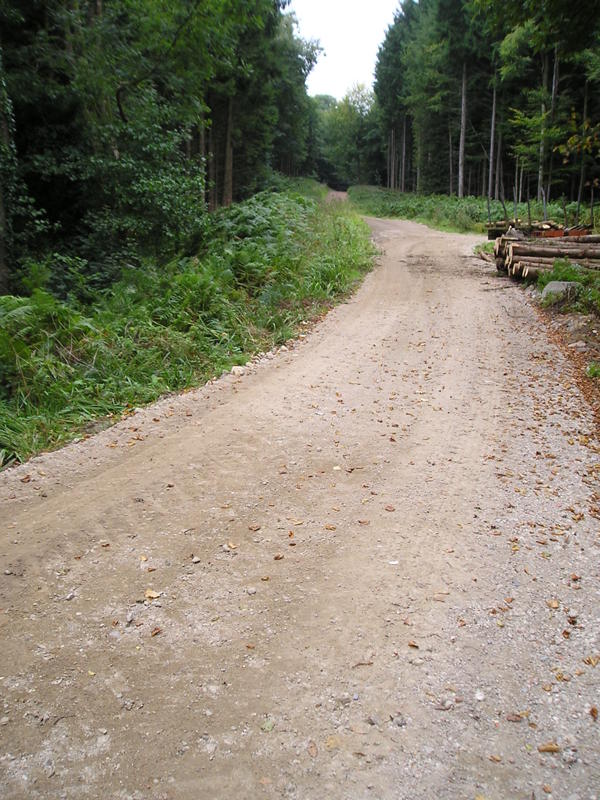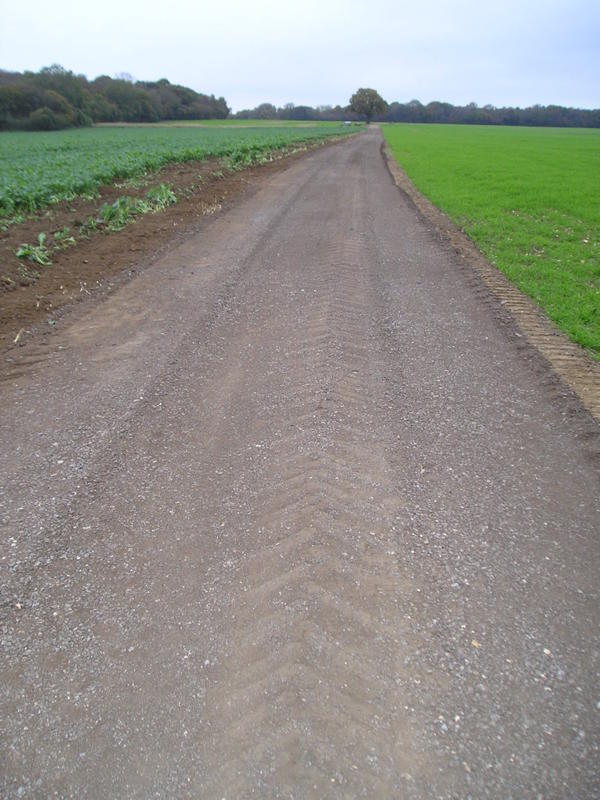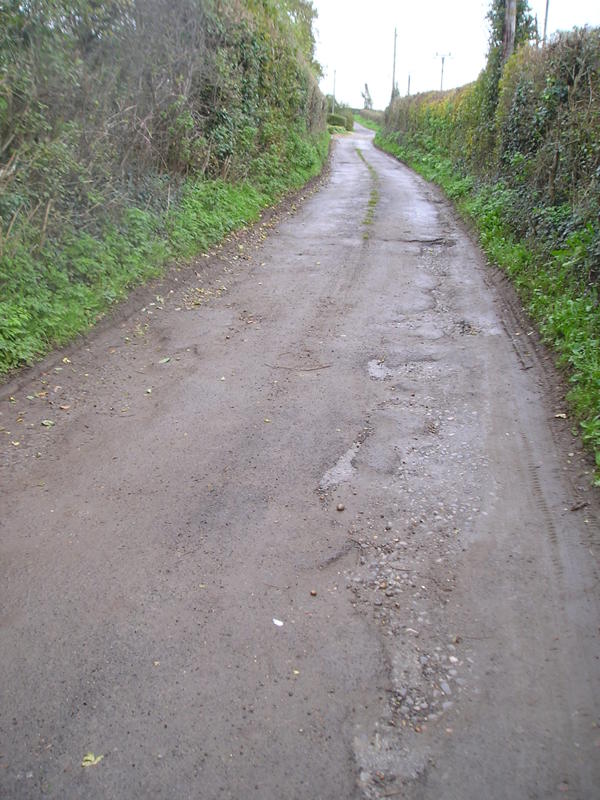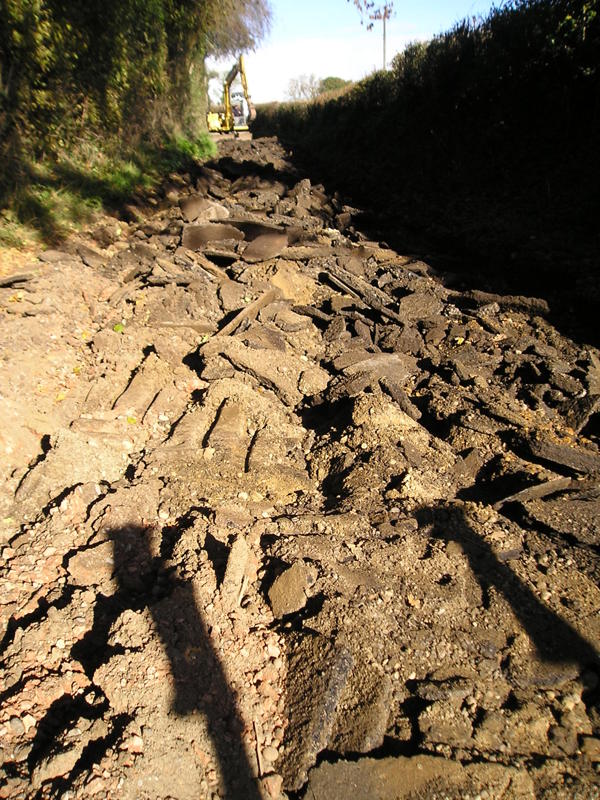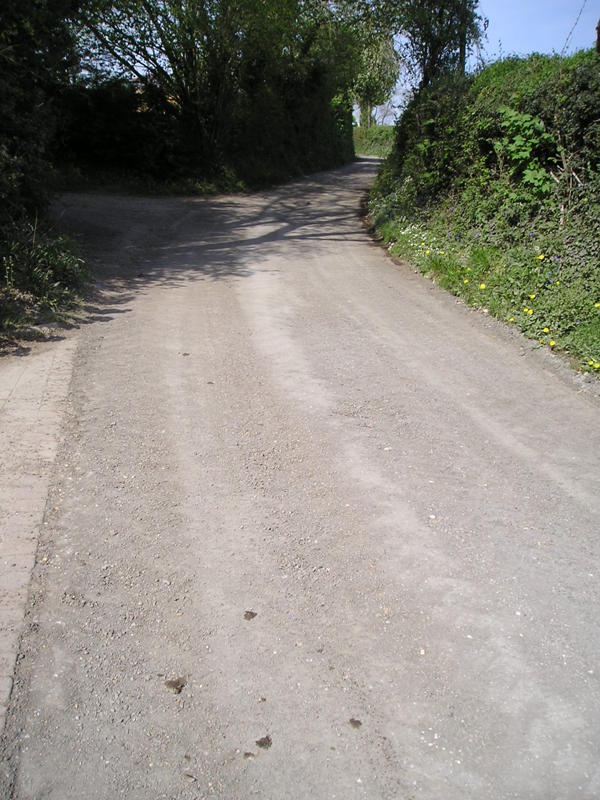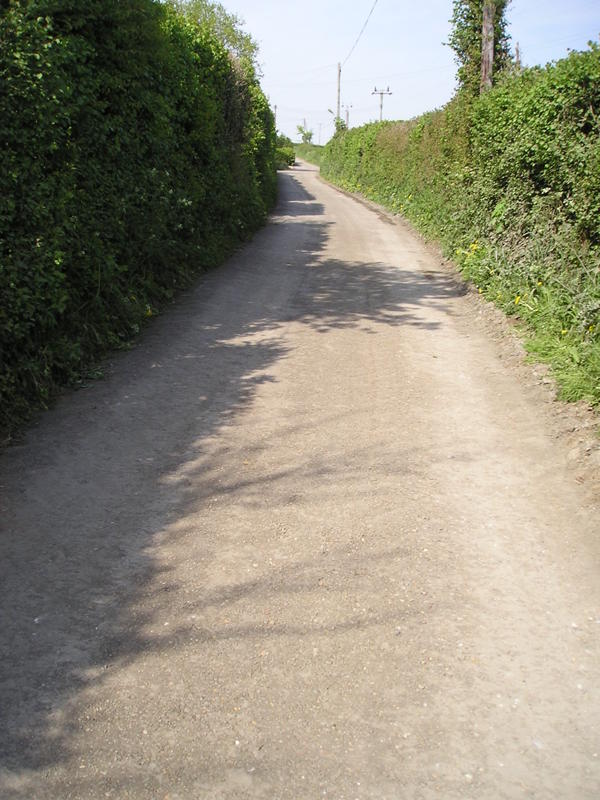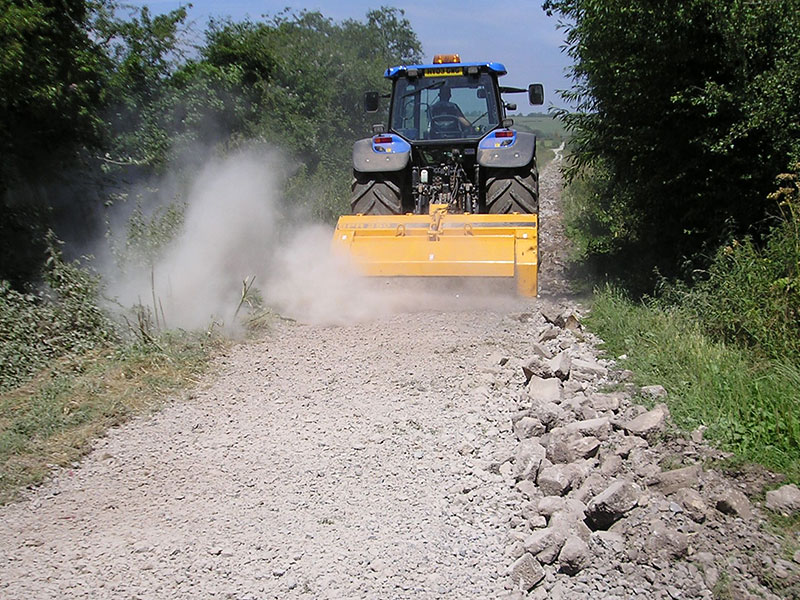
Your eroded and damaged estate roads, lanes, cow tracks, haul roads, drives and any aggregate, concrete, tarmac surfaces can be cost effectively rejuvenated.
We track recycle using modern equipment thus saving the need to import more quarry stone. Through experience spreading an amount of stone over potholes doesn't work as new stone soon migrates from its intended pothole. This is one of the main advantages of renovation, as the whole track is lifted, crushed and reshaped to correct camber and compacted. We also pay attention to track drainage once storm water has run off the track.
We were one of the first companies to invest in crushing roads and track maintenance equipment in 2001. We purchased the machinery through Continental Soil technology and since then we have renovated many of miles of track and have perfected our work technique. This year we have seen customers from our first year return to us, because the tracks we first renovated are still now in perfect order and they require additional rough roads renovated.
The following illustrates the renovation method. These photos are examples of the maximum material size we are able to handle and confront in some cases and merely best illustrate the process. Any aggregate track with potholes can be renovated by us, we don't only do these mean looking ones.
The Renovation Process
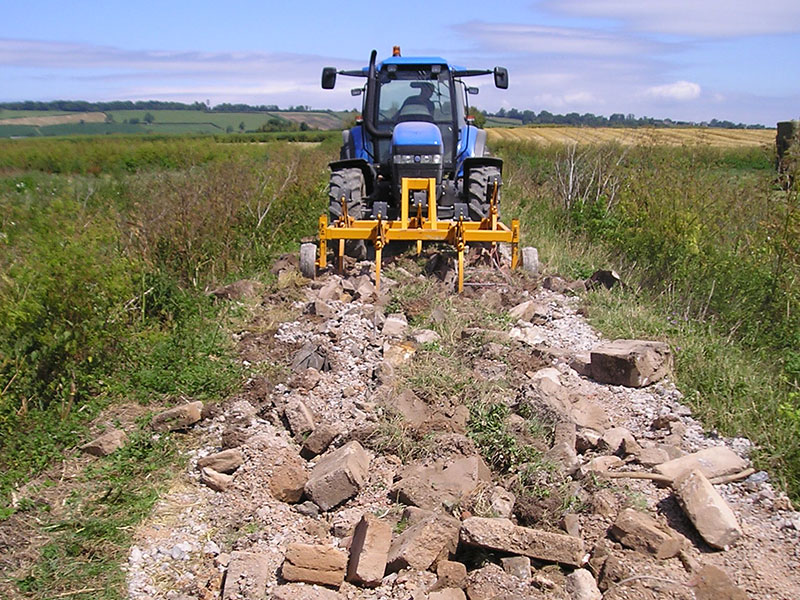
Ripping
As you can see, the ripper is loosening up all potholes and pan layers formed by layers of stone being added over the years. It lifts the whole track in preparation for the crushing cycle.
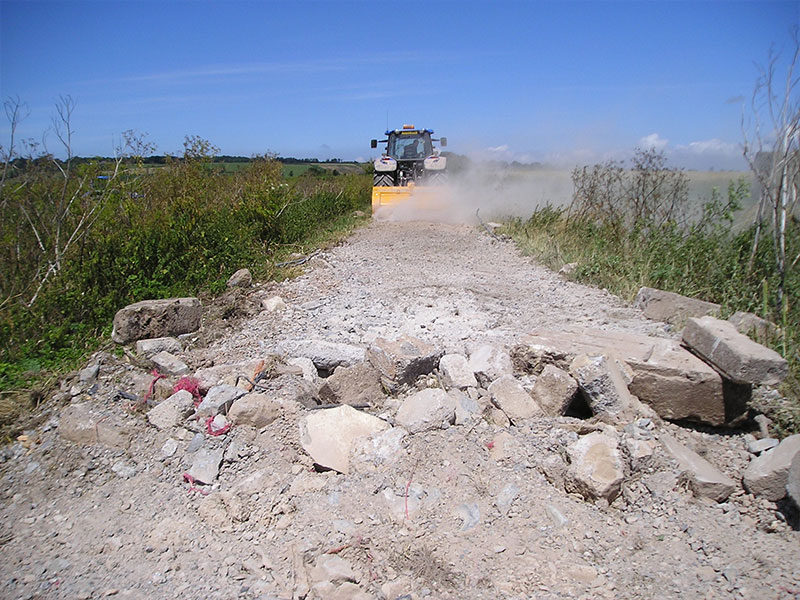
Crushing
Now the stone has been ripped through to a workable uniformed depth, the crusher can work freely and smoothly through the stone, crushing consistently. We operate the kirpy stone and concrete crusher system which enables us to crush road and track material to a more desirable size to suit the tracks particular requirement. Objectives of the crushing cycle is to obtain the ideal stone particle size and stone dust quantities. When customers require a softer/finer final top (for example cattle tracks) we simply thinly crush over top and re-grade and compact.
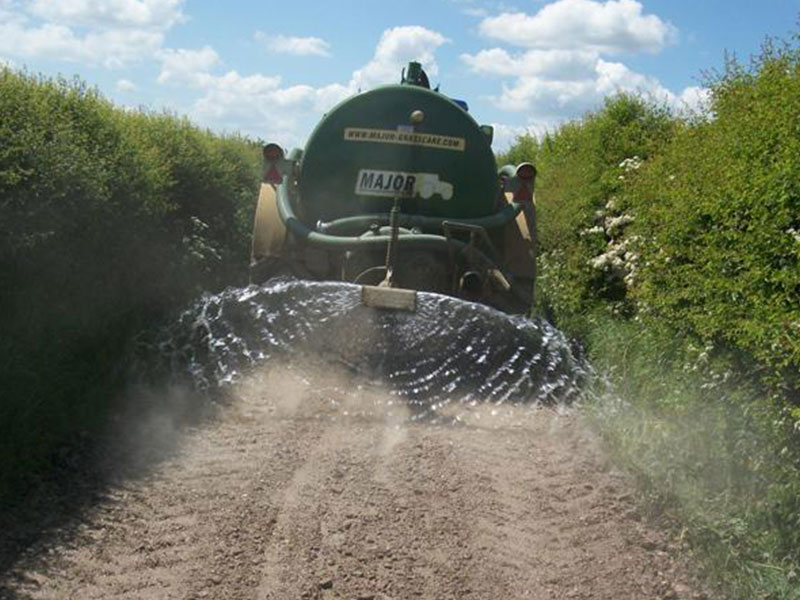
Water Incorporation
Adding water to the track helps track renovation in many ways, suppresses dust (coshh requirement), aids compaction, and cures the cement bound materials.
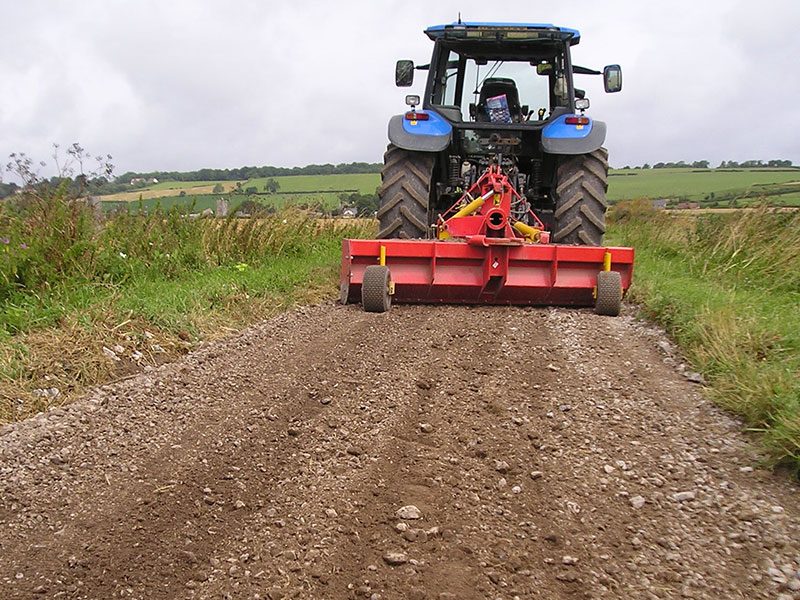
Grading out the Track Material
Now we have the ideal stone and stone dust tilth required for grading to a uniform depth and camber. Camber is always added to encourage movement of water from the surface. Achieving the desired camber upon the track can be difficult, over the years we have modified our standard grading blade (pictured to the left) so as it now gives us 10motions of operation all controlled by proportionate valve systems via its own control station. All this adds up to a truly unique sophisticated grader which will achieve smooth cambers constantly. Modifications also include ability to hydraulically convert to scraper box couple this with our laser plane guidance enables us to level large areas easily.
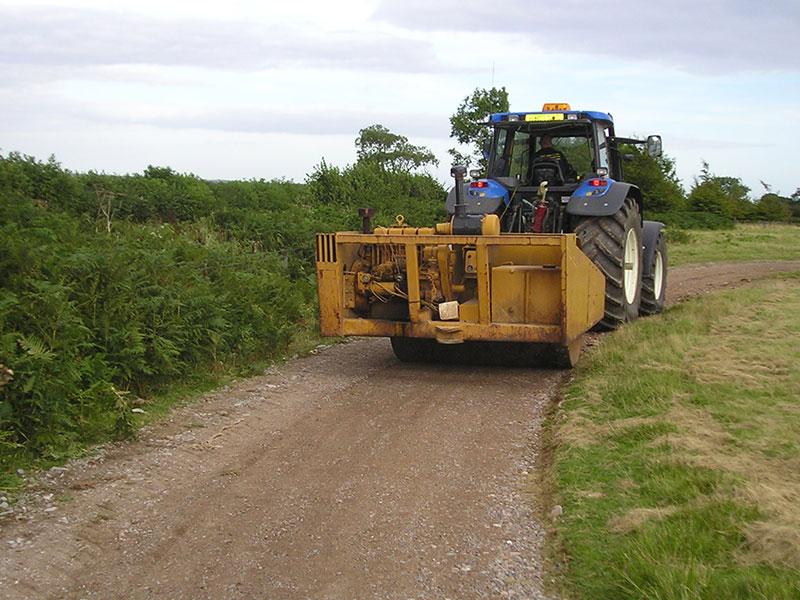
Compaction
We have two main methods of compaction. The slothert and pitt vibrating rollers and the bomag vibrating wacker plates. Both are fantastic at compacting the track after grading although preference is given towards the wacker plates as they produce a superb finish once we add water to the track to aid compaction.
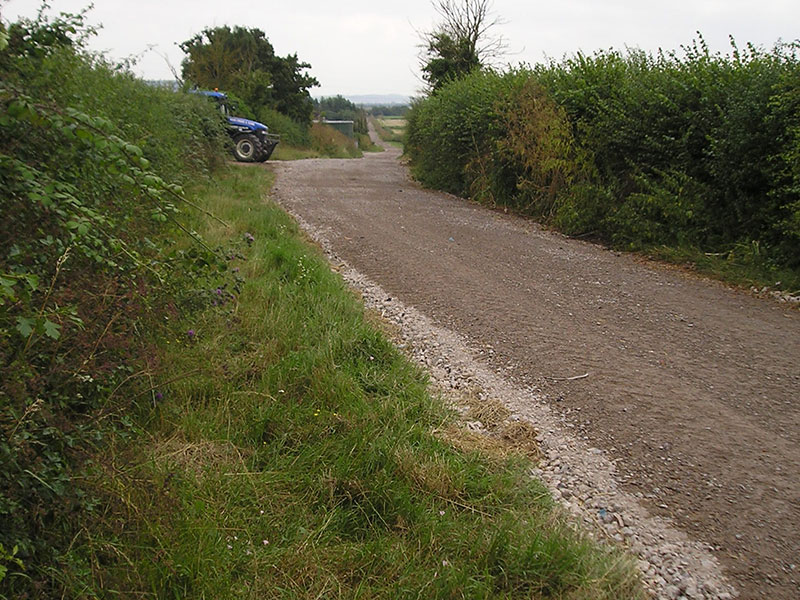
Finished Jobs
As you can see the finished recycled track is impressive and lasts for many years. Dave Creed and Sons are committed to producing quality recycled track roads that last. Using our tried and tested track reclamation methods and years of groundworks experience coupled to knowledge of regional stone types/properties equals resilient hard wearing tracks.


